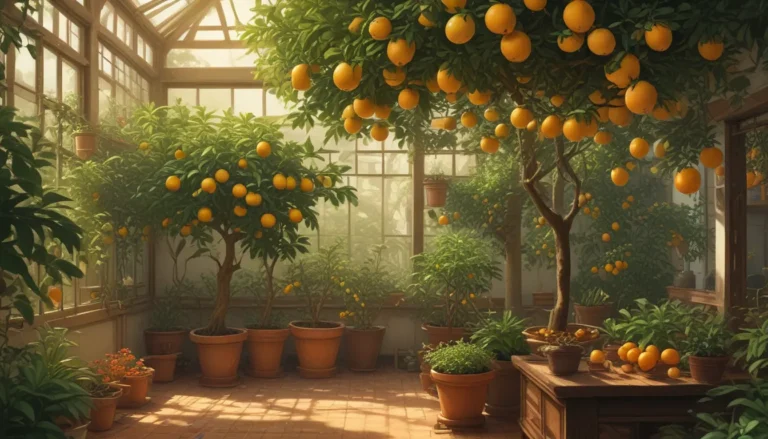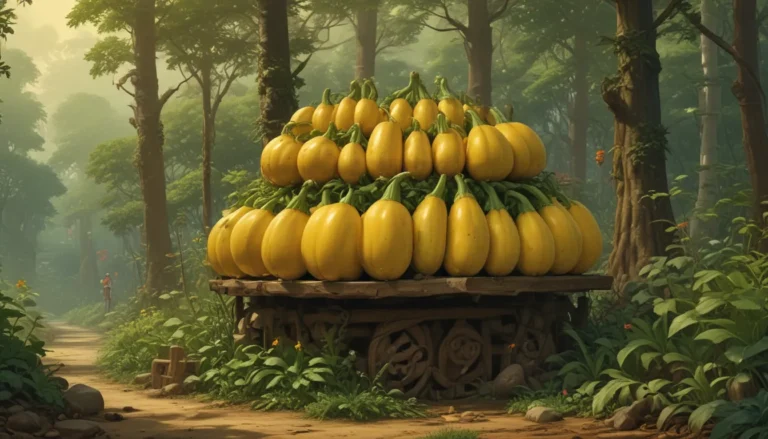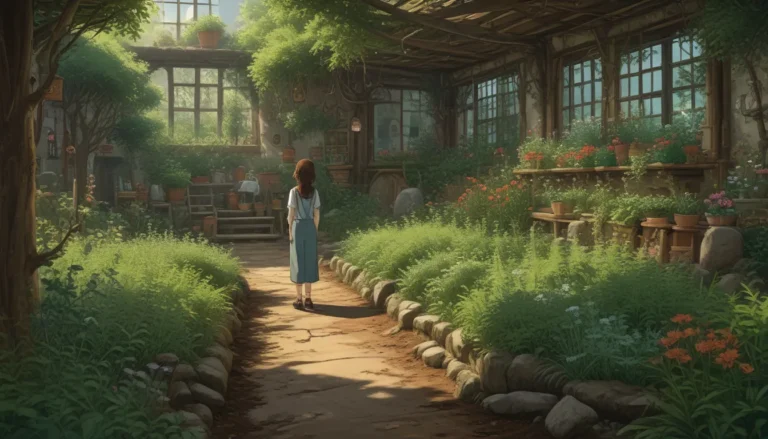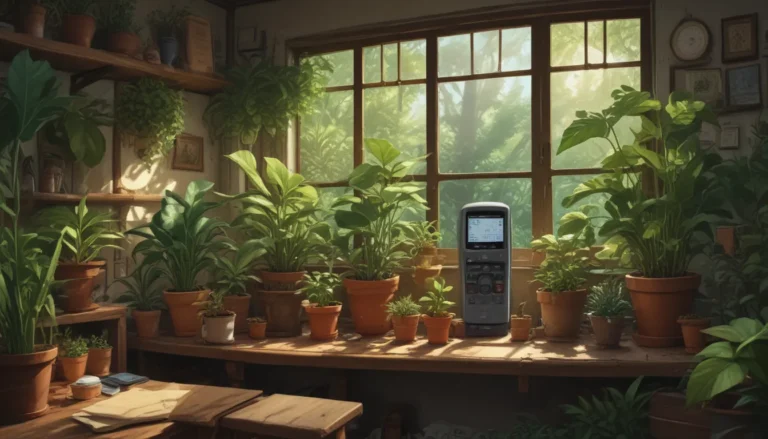The Ultimate Guide to Harvesting Edible Flowers
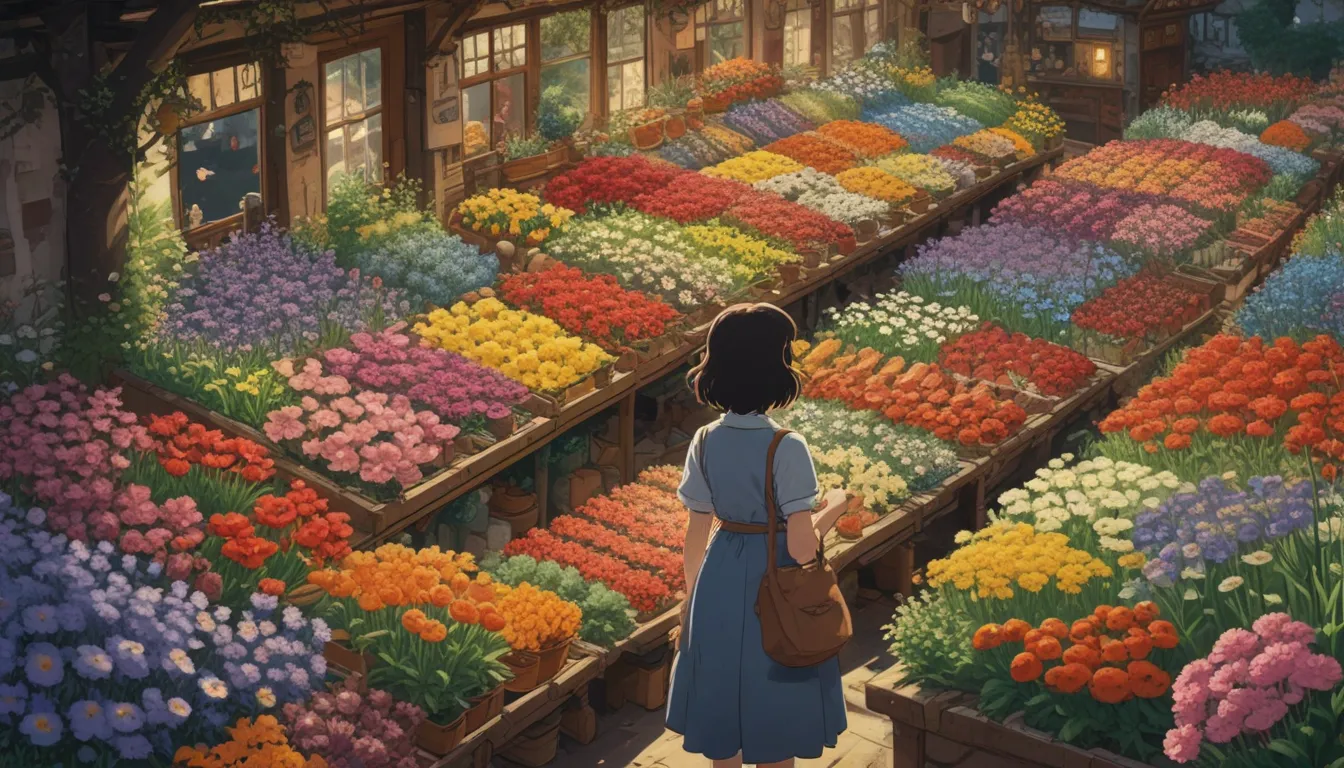
Have you ever considered adding some culinary flair to your dishes with the vibrant colors and delicate flavors of edible flowers? The world of edible blooms is vast and diverse, and once you start exploring, you’ll be amazed by the array of beautiful blooms that can also tantalize your taste buds.
As you venture into the realm of edible flowers, you’ll discover a treasure trove of perfectly palatable petals waiting to be harvested. Whether you’re hiking in the mountains or strolling through your garden, you’ll stumble upon a variety of blooms that are not just visually appealing but also edible.
Roses, strawberries, bluebells, and violas are just a few examples of the delightful floral treats you can sample. However, when it comes to harvesting these delicate delicacies, there are essential considerations to keep in mind to ensure a delightful petal-chewing experience.
Let’s dive into the fascinating world of edible flowers and explore everything you need to know about harvesting, processing, storing, and using these delightful blooms.
What You’ll Learn
- Edible Flower Considerations
- When to Harvest
- Harvesting and Processing
- Storage
- Using Edible Flowers
Edible Flower Considerations
Before you embark on your edible flower harvesting journey, there are a few crucial considerations to keep in mind:
- Plant Identification: Ensure you are confident in identifying the plant before harvesting any blooms.
- Avoid Chemicals: Harvest flowers from plants that have not been sprayed with chemicals.
- Allergies: If you have pollen allergies, avoid eating whole blooms.
- Taste Test: Always sample a small amount of the flower to ensure you enjoy the taste and confirm they are ready for harvest.
- Inspect for Bugs: Check the blooms for insects before harvesting to avoid any unpleasant surprises.
Remember, not all flowers are edible, so it’s essential to exercise caution and do your research before indulging in floral delights.
When to Harvest
Knowing the right time to harvest edible flowers is crucial for ensuring they are at their peak flavor and freshness:
- Harvest when the blooms are fully open and not underripe or overripe.
- Choose a cool time of day, such as the morning, to harvest.
- Wait until the dew has dried to prevent wilting.
By harvesting flowers at the optimal time, you can enjoy their maximum flavor and fragrance.
Harvesting and Processing
Harvesting and processing techniques vary depending on the type of bloom and the intended use:
- Some plants, like dill or fennel, allow you to harvest the entire flower heads.
- Roses and other delicate blooms may require picking off individual petals.
- Lavender florets can be easily picked off the stem, while nasturtiums and viola blooms can be cut just below the flower.
When harvesting edible flowers, remember to remove any inedible parts, such as stamens, pistils, sepals, or bitter white bases, to enhance the taste and presentation of the blooms.
Storage
After harvesting your edible flowers, proper storage is essential to maintain their freshness:
- Rinse the blossoms or petals in cool water to remove any dirt.
- Avoid using a salad spinner, as flowers are fragile – lay them out on paper towels to dry.
- Store the flowers in a container lined with moist paper towels in the refrigerator to keep them fresh for up to a week.
- Avoid plastic bags for storage, as they can cause the flowers to stick together or become crushed.
If your flowers wilt, you can revive them by soaking them in an ice water bath before use or drying them for future culinary creations.
Using Edible Flowers
The culinary possibilities with edible flowers are endless:
- Add them to salads, pizza, beverages, or baked goods for a pop of color and flavor.
- Freeze them in ice cubes or use them to decorate cakes and confections.
- Experiment with garnishes, frying, stuffing, jams, jellies, marinades, dressings, and more.
Whether you prefer savory dishes or sweet treats, there’s an edible flower to suit every culinary creation. Let your palate guide you in discovering the perfect pairing of flavors and visual appeal.
Floral Fodder
Harvesting edible flowers can be a rewarding experience that adds a touch of culinary creativity to your gardening adventures. Whether you’re surprising your family and friends with delightful floral creations or simply indulging in your own culinary experiments, edible flowers offer a unique way to elevate your dishes.
Have you explored the world of edible flowers before? Share your experiences with growing and using edible blooms in the comments below. We’d love to hear about your favorite varieties and how you incorporated them into your culinary endeavors.
Additional Resources
If you’d like to learn more about edible flowers, check out these informative guides:
- How to Harvest and Use Edible Nasturtiums
- Common Uses of Calendula (Pot Marigold) Flowers
- Are Marigold Flowers Edible?
Embrace the beauty and flavor of edible flowers in your culinary creations and let your creativity bloom!
Incorporating edible flowers into your culinary repertoire adds a touch of elegance and creativity to your dishes. From vibrant colors to delicate flavors, these blooms offer a unique way to enhance your culinary creations. Whether you’re a seasoned chef or a novice cook, exploring the world of edible flowers is a delightful adventure that’s sure to tantalize your taste buds. So, why not add a dash of floral flair to your next meal with a sprinkle of edible petals? Happy harvesting!
